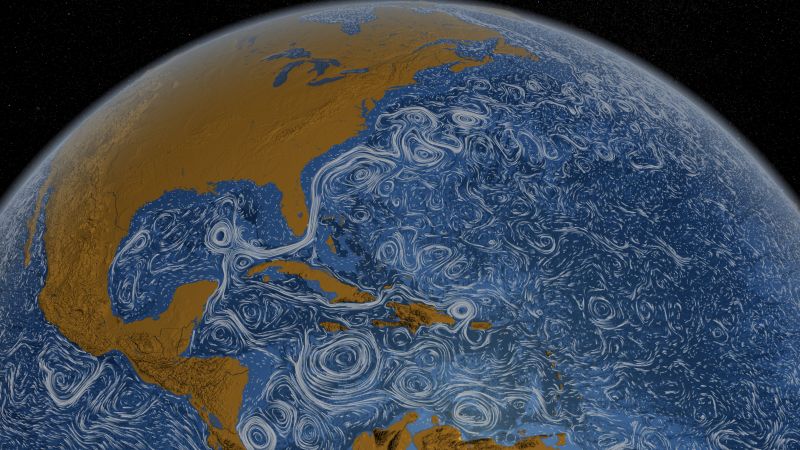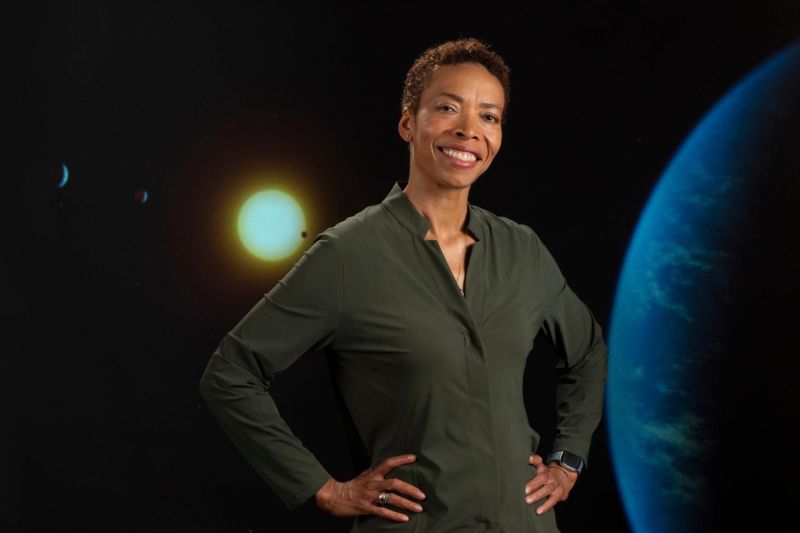RSS feed source: National Science Foundation
U.S. National Science Foundation-supported researchers published a new paper that explains how atmospheric wind affects eddies, an ocean weather phenomena of spinning ocean currents. “Our theory and findings provide a roadmap for incorporating interactions between winds and ocean eddies into operational and long-term forecasting,” said Hussein Aluie, a co-author on the paper and professor at the University of Rochester.
“Accurate ocean forecasts are essential for navigation and shipping, fisheries management, disaster response, coastal management and climate prediction,” Aluie said. These economic sectors rely on accurate forecasts to plan for potentially dangerous conditions.
Aluie and a team of researchers used satellite imagery and climate models to discover that not only do atmospheric winds dampen eddies, like previously thought, but they can also energize them. Prevailing winds that move longitudinally across the globe, like westerlies and trade winds, slow eddies when they move in the opposite direction but energize them if they spin the same way.
Between the eddies are ocean weather phenomenon called strain, which account for about half of the ocean’s kinetic energy. The team found that strain is also dampened or energized by wind-like eddies.
“The new energy pathways between the atmosphere and the ocean that we discovered can help design better ocean observation systems and improve climate models,” said Shikhar Rai, the study’s first author and a doctoral student at the University of Rochester,
Click this link to continue reading the article on the source website.


